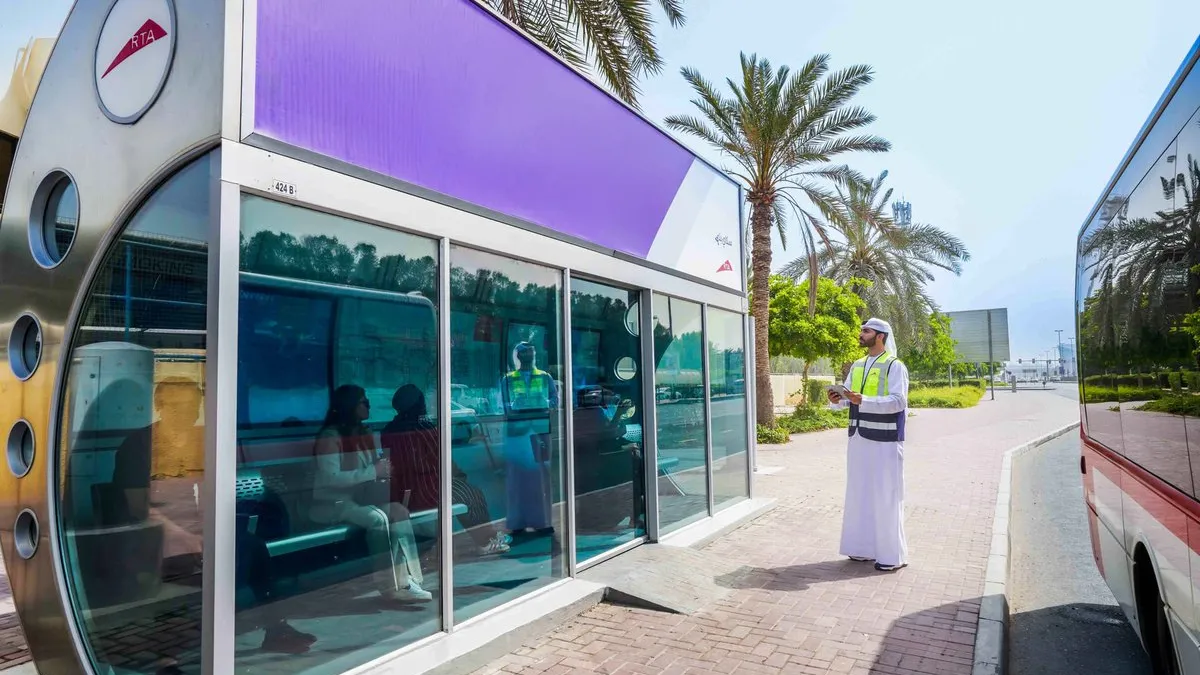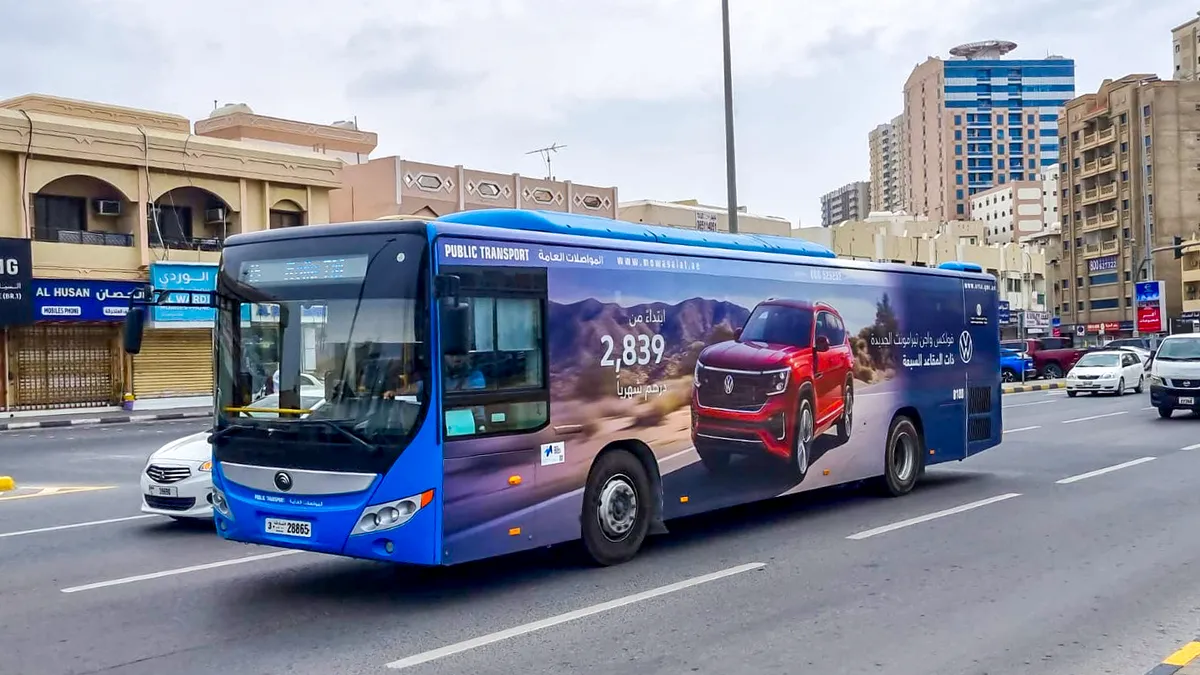Dubai's dynamic urban landscape presents a unique opportunity for advertisers to engage with a diverse and affluent audience. Among the various out-of-home (OOH) advertising formats, bus campaigns stand out due to their high visibility, extensive reach, and cost-effectiveness. However, measuring the effectiveness of these campaigns requires a strategic blend of data analytics, technology, and consumer insights.
Understanding the Reach of Bus Advertising
Dubai's well-integrated public transport system, managed by the Roads and Transport Authority (RTA), sees millions of commuters daily. Bus campaigns leverage this high footfall by ensuring repeated exposure to brand messages. Key metrics for evaluating reach include:
- Impressions: The estimated number of times an ad is seen, calculated using traffic data, bus routes, and population density.
- Audience Demographics: Understanding the profiles of commuters, including age, profession, and income levels, to assess the relevance of the campaign.
- Geo-targeting Efficiency: Identifying high-traffic routes that align with the brand's target audience for maximum impact.
Technology-Driven Measurement Techniques
To quantify the success of bus advertising, brands and agencies use a combination of traditional and digital tracking tools:
- GPS & AI-Based Tracking: Buses equipped with GPS enable real-time tracking of routes and exposure, providing precise audience data.
- Mobile Location Data: Leveraging mobile network insights to estimate the number of people exposed to bus ads at various locations.
- QR Codes & NFC Tags: Encouraging direct engagement by integrating scannable codes that lead users to digital content or promotions.
- Social Media Listening: Monitoring social conversations and hashtags related to the campaign for organic audience response.
Analysing Campaign Performance
Beyond reach, assessing the effectiveness of a bus campaign involves deeper analytical methods:
- Brand Recall & Recognition: Conducting surveys and polls to determine how well the audience remembers the advertisement.
- Website & App Traffic Correlation: Measuring spikes in digital engagement by tracking referral sources during the campaign period.
- Sales & Leads Attribution: Compare sales performance in areas where the campaign was active versus non-targeted locations.
Case Study: A Successful Bus Campaign in Dubai
A luxury retail brand recently executed a bus advertising campaign across prime routes in Dubai, targeting high-net-worth individuals. With customer footfall analytics, they observed a 27% increase in in-store visits and a 15% growth in online searches related to the brand. This data-driven approach validated the impact of their investment.
Measuring the impact of bus campaigns in Dubai goes beyond traditional impression-based metrics. By leveraging technology, data analytics, and consumer engagement tools, brands can obtain actionable insights that enhance future campaign strategies. As the city continues its rapid expansion, integrating innovative measurement techniques will be crucial for maximising the effectiveness of transit advertising.
Related bus advertising articles

Riding into Opportunity: The Transit Audience at Global Village
21 Oct 2025 · 4 minute read
Discover how brands can harness high-footfall bus and abra routes to Global Village in Dubai, capturing both tourists and local residents.

RTA Expands 900 Air Conditioned Bus Shelters in Dubai
06 Oct 2025 · 4 minute read
Dubai’s RTA installs 900 air conditioned bus shelters across 622 locations. The upgrade boosts comfort and opens new advertising opportunities for global brands

Bus Advertising in Dubai Reaching Millions Through Key Routes
23 Sept 2025 · 4 minute read
Learn how bus advertising in Dubai uses key routes to reach 350,000 daily passengers, building brand visibility across airports, business hubs and beyond.
